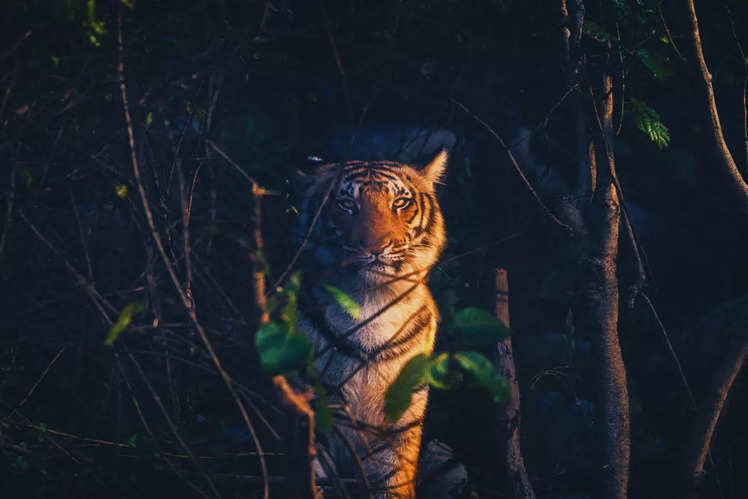Latest News
- Budget 2024 travel and tourism highlights: Special focus on Bihar, Odisha; push for spiritual tourism
- From Mongolia to Taiwan, 5 most offbeat countries in Asia for budget travellers
- Handpicked resorts and getaways to pick this season
- How did the Singapore passport become more powerful than the US passport?





































Comments (0)